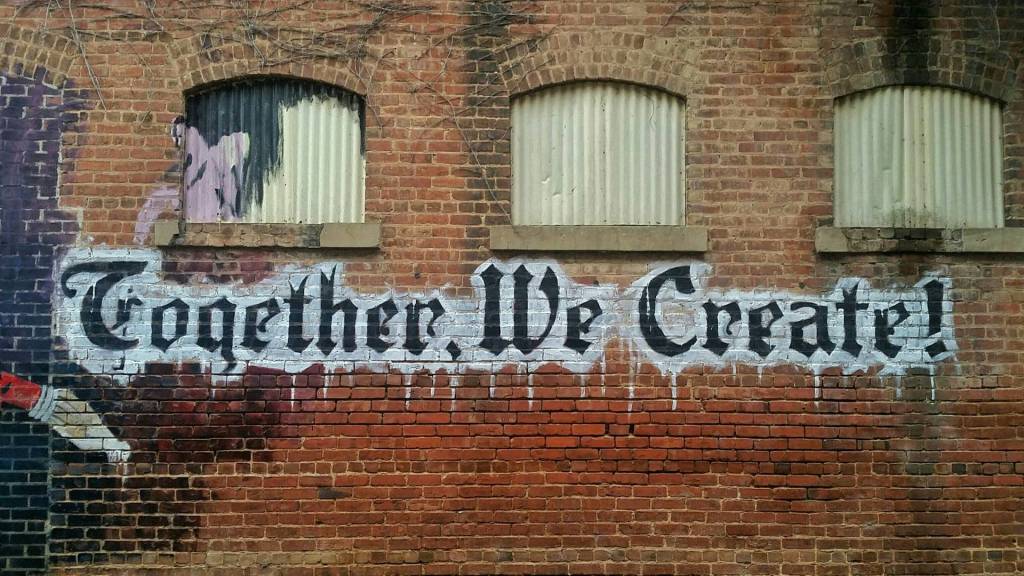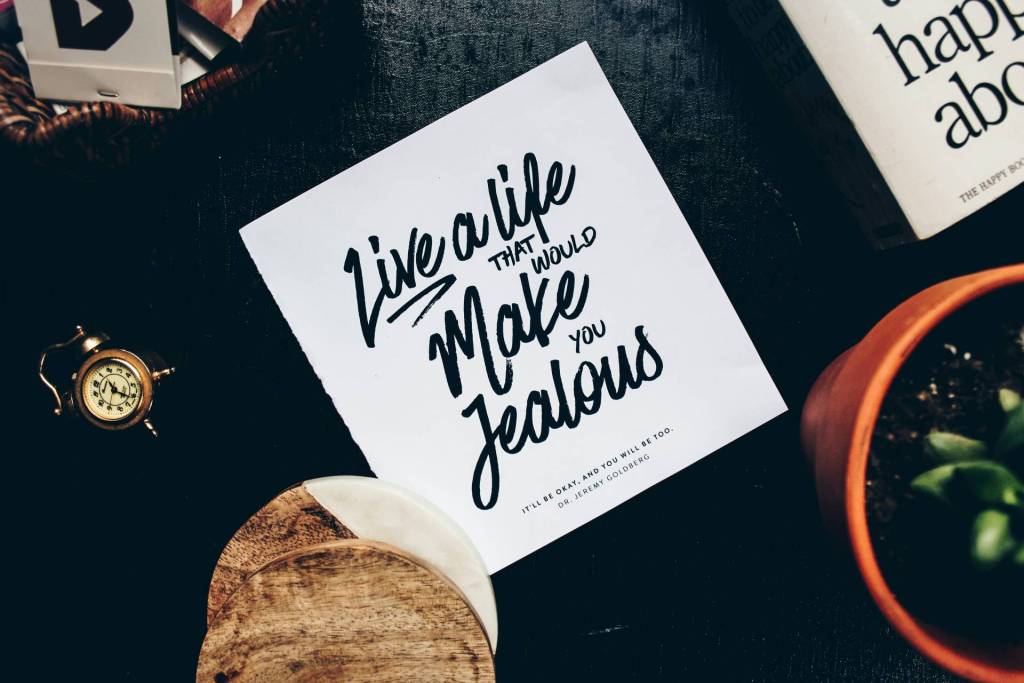Brands are fragile; a single incident can undermine enthusiasm for a brand that took decades to build.
I’ve been a fan of one of America’s premier blues performers for decades, buying their albums, attending their concerts, and making it a point to visit their home base blues club on every visit to Chicago.
Last year, however, the brand soured for me…and it took just one employee’s ill-considered actions to undermine decades of loyalty.
The incident underscores the importance of clearly-understood policies, employee training, and continuing vigilance for branding success.
What could go wrong?
The first night after arriving in Chicago, I invited my son to join me in an excursion to the performer’s home club, in its new, expanded location, a few doors down from its original location.
Things started off on a high note. Although early in the evening, the club appeared to be operating at capacity. The performer, an acoustic blues soloist, was rocking the joint. The sound system was perfect; great impact and detail without destroying my hearing for the next 24 hours.
Although located just a block from Lake Michigan Avenue, and significantly larger than the original location, the location had a gritty, but not overdone, ambiance. Down-home Chicago at its best!
Soon, a spot opened up in the bar, and my son and I moved to the front of the room. We soon ordered, and received, well-prepared sandwiches and locally-brewed drafts while enjoying a close-up view of the performer
Great music, great location, and great food; what could go wrong?
How not to treat the help
At the end of the set, however, the performer approached the bar to receive his payment for his set, as well as a take-away meal which had been contractually agreed upon.
Unfortunately, in plain view of everyone sitting at the bar, a disagreement arose between the performer and the club’s business manager.
At stake? As far as I can determine, the disagreement was over whether or not a side order of sweet potato fries was supposed to be included as a side dish with the performer’s meal!
Instantly, the whole experience soured. No matter how good the music, the sound system, or the location, the fun evaporated from the whole experience. My son and I left soon after.
I didn’t even buy the $30 sweatshirt I usually buy on my yearly visits to the club!
Worse, when it came time to renew my subscription to the club’s free newsletter, which I’ve been getting since the 80’s, I didn’t renew.
The origins of brand disintegration
Granted, in itself, my lost enthusiasm for the performer’s brand doesn’t matter in the grand scheme of things. To hospitality businesses in popular cities that cater to tourists–unlike self-employed professionals serving niche markets–I suspect it takes a lot of disenchanted patrons to make a dent in the bottom line.
Yet, what are the lessons we can take away from this sorry brand-erosion story?
- Clarifying expectations. The problem probably originated in a lack of clearly-defined policies and procedures. As a result, the performer “expected” a side order of sweet potato fries, but the club’s management “expected” the complimentary meal to include a standard, rather than premium, side order.
- Discretion. Regardless of the cause of the problem, the discussion should never have taken place in public–especially during a break in the music, when conversations can be easily overheard. Even if the performer was not entitled to the sweet potato fries, the business manager should have suggested adjourning to the business office, or the back of the room, to discuss the situation.
- Long term perspective. Most disturbing of all is the “us versus them” attitude the business manager exhibited towards the performer. Observing it, I couldn’t help thinking, “If this is how they treat their performers, what do they really think about their patrons?”
3 questions to ask
As you reflect on the fragility of brands, and how quickly they can be undermined, ask yourself:
- How clearly do I explain exactly what clients can expect when dealing with me and my business?
- Do I have policies in place for handling misunderstandings when they occur?
- Are all who deal with my clients encouraged to take a long-term view of client satisfaction and my firm’s brand view?
Most important, in view of how easily a single incident can undermine my brand, do you have systems in place to manage your brand by monitoring client and customer satisfaction on a continuing basis? One of the lessons from our forefathers was that “Eternal vigilance is the price we pay for democracy.” The same can be said for our personal brands.
Author:
Roger C. Parker encourages you to create an IdeaTracking content dashboard to learn from, and apply, the good personal branding ideas all around you. Use his online form to ask questions about writing for brand building success.












